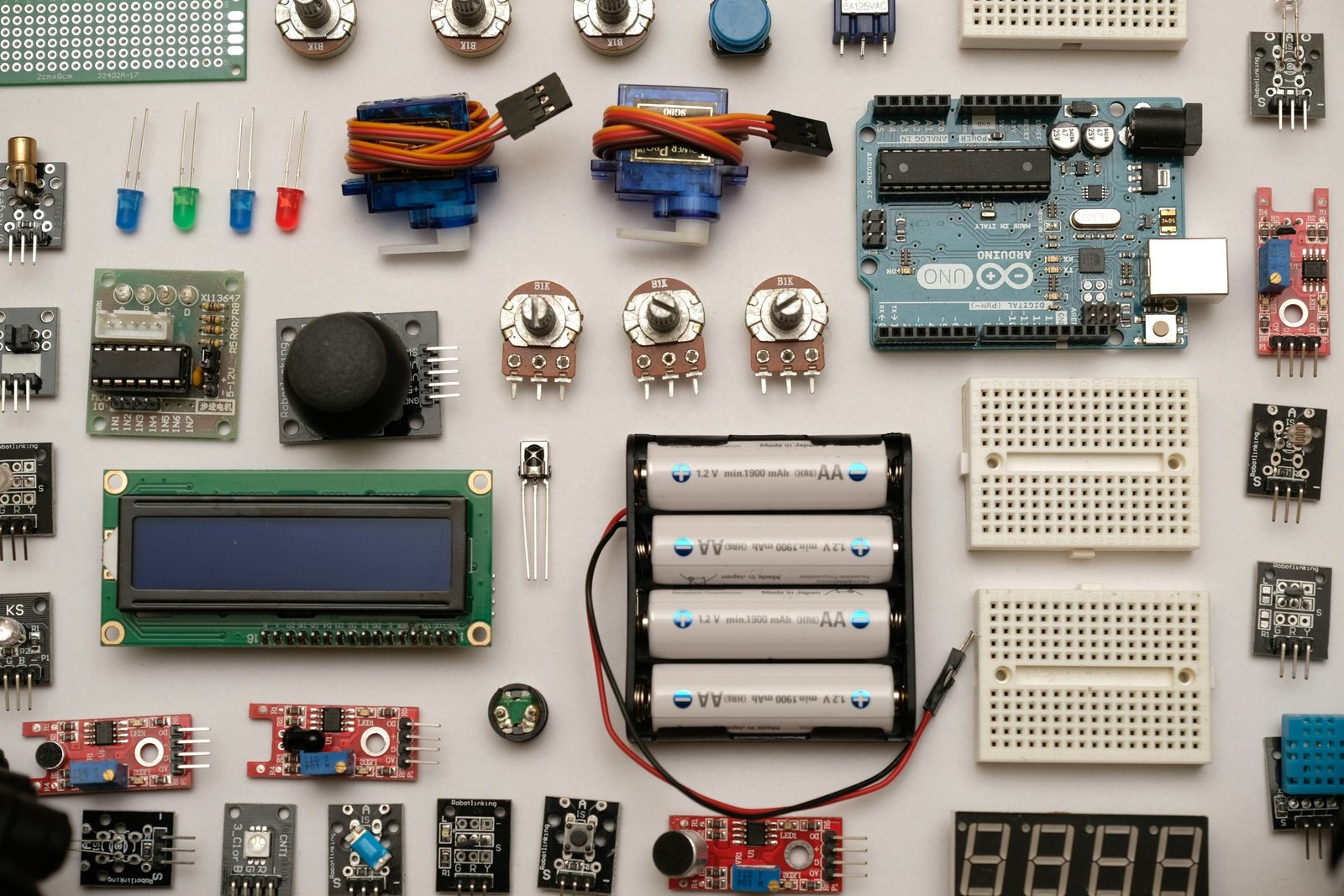A fax machine, also known as a “facsimile machine,” sends documents, pictures, or text through a phone line to another fax machine. Its main job? To make a copy of a paper document and send it to someone far away.
How Fax Machines Work:
- Scanning Documents: To fax a document, you put the paper face down on the fax machine’s scanner bed.
- Dialing: You dial the person’s fax number on the control panel, just like making a phone call.
- Data Transfer: The job of the fax machine is to scan papers, changing the page’s info into digital data. After that, these data become audio signals. Then it gets sent over a phone line to the person getting the fax.
- Getting the Fax: On the other side, the recipient’s fax machine takes the audio signals, makes them data again, and then recreates the info into a picture or words.
- Making a Copy: The faxed data gets printed on paper, making a repeat copy just like the original paper.
What are the parts of a Fax Machine?
- Scanner: This is built into the fax machine. It takes a picture of the document. Then it changes the words or images into digital data.
- Modem: The Modem (short for modulator-demodulator) changes this digital data into sound waves that a phone line can carry. It also changes incoming sound waves back into digital data.
- Phone Line Interface: Fax machines use a phone line connection to talk to other fax machines.
- Printer: Once the fax data is received and decoded, the printer in the fax machine prints the sent document.
- Control Panel: Fax machines have a control panel with buttons and a screen. This is where users input settings and phone numbers.
So when was it made?
Today’s fax machine is an invention years in the making. A quick history rundown:
Earlier Concept (19th Century):
Alexander Bain, from Scotland, got us started in 1843. He developed an “Electric Printing Telegraph” that could send images and text, using electricity and chemicals.
The Pantelegraph (1860s):
Giovanni Caselli, an Italian inventor, introduced the first usable fax machine called the “Pantelegraph” in the 1860s. With this, folks could send off handwritten notes and pictures over telegraph lines.
The Teleautograph (1888):
Elisha Gray, an American electrical whiz, came up with the “Teleautograph” in 1888. Long-distance communication got a boost. People used it, though not lots, for sending signatures in business and newspaper circles.
The Bélinographe (1890s):
Edouard Belin, a Frenchman, came next in the 1890s. His “Bélinographe” was an early fax model used mainly to send photos and press pictures. Newspapers and news agencies were big users.
Modern Day Fax Machines (20th Century):
The last century saw the fax machine morph into something familiar. The 1920s saw new inventions like radiofax machines. They made image transmission entirely wireless.
The 60s and Xerox:
In the 1960s, Xerox shone the spotlight on fax technology by introducing the Magnafax Telecopier. A big commercial hit, this fax machine used thermal paper. Businesses adopted it widespread for document sending.
The 80s and Digital Fax:
Come the 1980s, analog fax gave way to a digital version. This change helped deliver neater and quicker fax transmissions. Many offices saw digital fax machines as a staple, often melded with office printers.
The 90s and Internet Fax:
The upswing of the internet saw fax machines evolving once again. They got hooked up with computer networks, which enabled faxes to be transmitted via email and web. This made faxing swifter and more budget-friendly.
Decline and Continued Use:
In the recent past, traditional fax machines have seen a dip in usage. This is due to the emergence of digital communication and document sharing. Nonetheless, specific industries still use fax for its secure and legally binding nature. Notably, such fields include healthcare and law.
So, for a communication tool birthed in the 19th century, the fax machine has come a long way. Multiple inventors helped shape it into a crucial tool in the 20th century. Despite its use dwindling in some areas due to digital successors, fax technology still holds significance in certain professional arenas.





